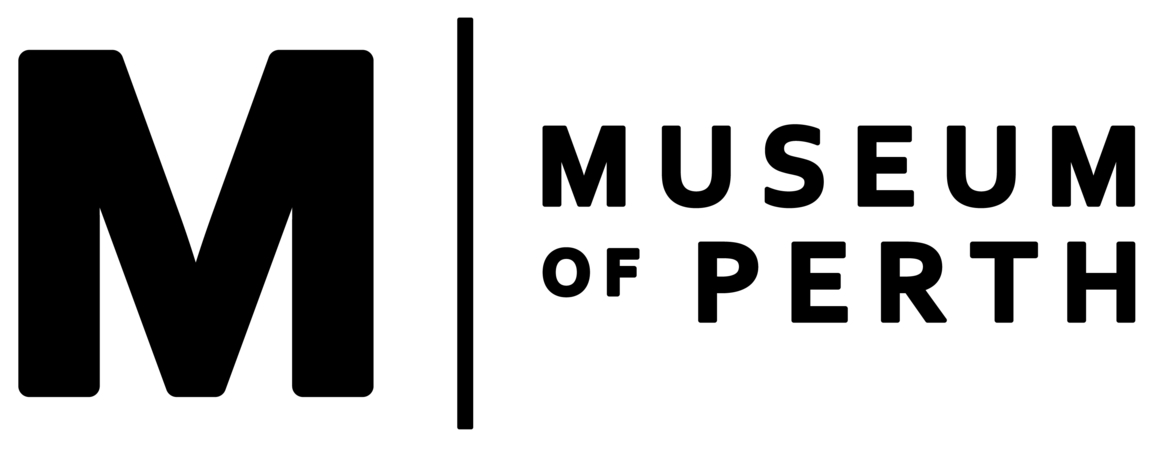Yoordgoorading
Description & Location
The name for a swamp that once existed across the present Highgate suburb. The swamp extended from as far south as the Perth Oval (HBF Park), westward to Birdwood Square, and reaching north just below Hyde Park.
During the winter months of higher rainfall and flooding, Yoordgoorading may have connected to Lake Thomson and Lake Poulett, also known historically as Mew’s Swamp and First Swamp. These swamps regularly dried up during summer months, which would have allowed the Noongar people to practice their traditional low-intensity firing regime in the area. Burning the area while the swamps were dried out cleared dead plants, increased water access for birds and cycled nutrients to the soil, which improved the yield and taste of plant foods eaten by Noongar people.
Yoordgoorading was part of a tributary fresh water drainage system that once flowed from a chain of swamps in the Perth CBD area to Goongoongup (Claise Brook) valley and into the Swan River. This system of wetlands was rich in food resources such as water birds, kooya (frogs), gilgies (freshwater crayfish), yakany (turtles) and yanjidee (edible interior of bulrushes) as well as bush medicine from endemic plants such as Melaleuca (tea tree) and Eucalypts.
Renamed Stone’s Lake by European’s after the colony’s first Crown solicitor Alfred Stone, the swamp was drained for the use of Chinese market gardens in the mid-1800s and reclaimed by the City of Perth in 1910 for conversion to the Perth Oval.
References
Brady, D. & Murray, J. “Reimagining the cultural significance of wetlands: From Perth’s lost swamps to the Beeliar Wetlands” Coolabah, 2018, p. 293, 299.
McDonald, E., Coldrick, B. & Villiers, L. (October 2005). Study of Groundwater-related Aboriginal Cultural Values on the Gnangara Mound, Western Australia. Department of Environment, p. 47, 75. Retrieved from https://www.water.wa.gov.au/__data/assets/pdf_file/0019/5473/82492.pdf.
Macintyre, K., Dobson, B. (November 2017). Typha root: an ancient nutritious food in Noongar culture. Retrieved from https://anthropologyfromtheshed.com/project/edible-roots-typha-bulrush/.
Western Australian Museum. (2018). Claisbrook: The lost river of Perth. Retrieved from http://museum.wa.gov.au/explore/wetlands/city-development/claisbrook.
Beaufort St, Highgate north from Broome St (east of this point is the vicinity of Yoordgoorading), State Library of Western Australia, 009316PD

